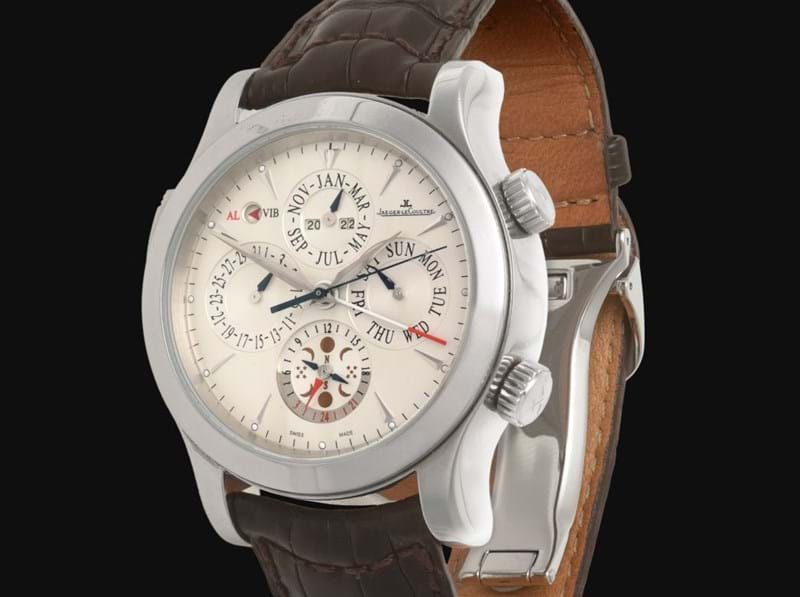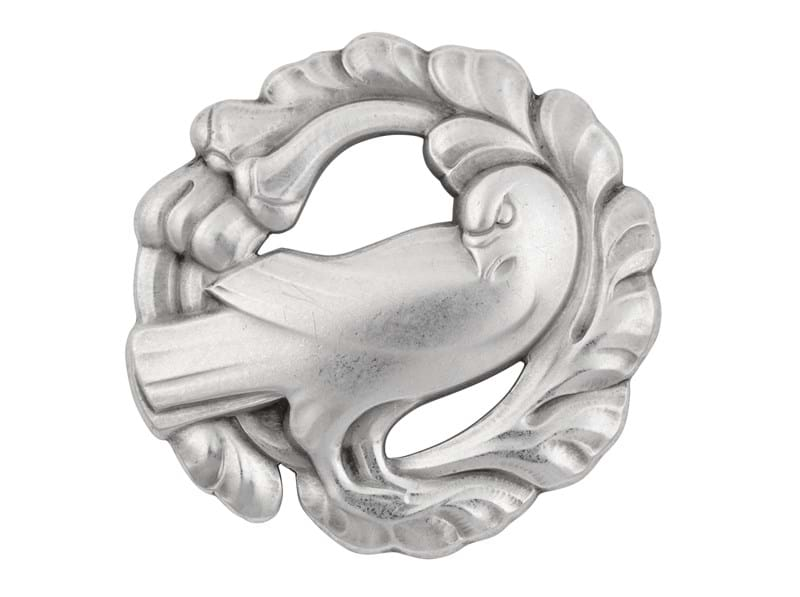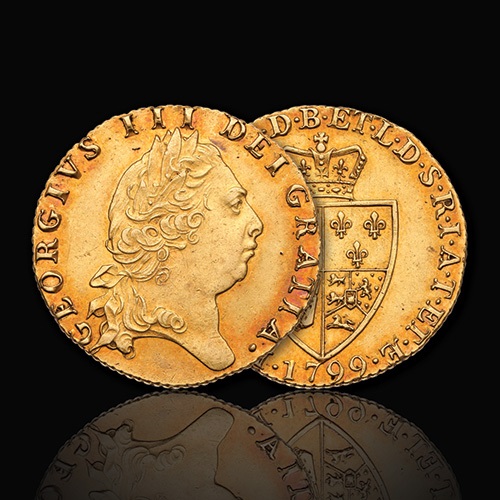The Guinea was introduced in 1663 by King Charles II; as well as being one of the latest denominations to be produced prior to our current decimalised system, it was to be one of the shortest-lived denominations.
A Guinea weighs 8.4g and is named after the West African region where the gold was sourced. In 1664 the 2 Guinea came along, with the 5 Guineas being introduced in 1668, the Quarter Guinea in 1718, which was the shortest time issued denomination, and the Third Guinea in 1797.
The Guinea was the first British gold coin to be produced by a machine, which made it more accurate and reliable than previous hammered coins. The East India Company played a significant role in the history of the Guinea. Not only did the gold originate from Guinea, which was part of the Company’s trading routes, but their ships spread the coins around the world, where the Guinea played an important role in international trade and became a symbol of trust and quality until it was replaced by the pound in 1816.
The Guinea traditional portrayed the monarchs head on the obverse and a version of the Royal Arms on the reverse. Most of the coins struck during the last years of issue (1787-1799) had a spade like representation of the Royal Arms and it became known as the ‘Spade Guinea’.
One final Guinea was issued in 1813, which was called the ‘Military Issue’ and depicted the 6th bust of George III and a gartered shield on the reverse. These were minted specifically to pay English troops advancing into France during the Peninsular War; extremely collectable, they are one of the more valuable Guineas that come up at auction today.
The Guinea was initially worth 20 shillings. However, its value fluctuated with the gold price, reaching as high as 30 shillings at times. In 1717 the value was fixed at 21 shillings, or £1.05 in today's money.
In 1816, during the Great Recoinage, the Guinea was replaced by the pound as the main unit of currency, with the sovereign becoming the gold coin in circulation. However, the "Guinea" continued to be a unit of currency used for prestige purchases and professional fees for many years. For example, well into the 20th century and long after the pound was produced, barristers’ fees were charged in Guineas; the barrister would receive the stated sum in pounds, with the barrister’s clerk traditionally receiving the extra shilling (5p).
Fine art and livestock auctions, too, often sold works in guineas, and today racehorses are still sometimes sold in Guineas. Again, traditionally, the extra 5p on every pound paid went to the auctioneer as commission. Indeed, there are still various races that use Guineas for prize money, notably the 3-day Guineas Festival at Newmarket, which is crowned by the 2000 Guineas Stakes.
Perhaps the rarest form of Guinea, and one which commands extraordinary prices at auction is the Vigo Guinea. A small series of Queen Anne's Vigo Guineas were minted from gold seized in 1702 from a Spanish treasure ship at Vigo Bay in Galicia in the northwest of Spain, making them a unique and historically significant coin.
To learn more about buying and selling coins at auction, contact the Coin Department.


















